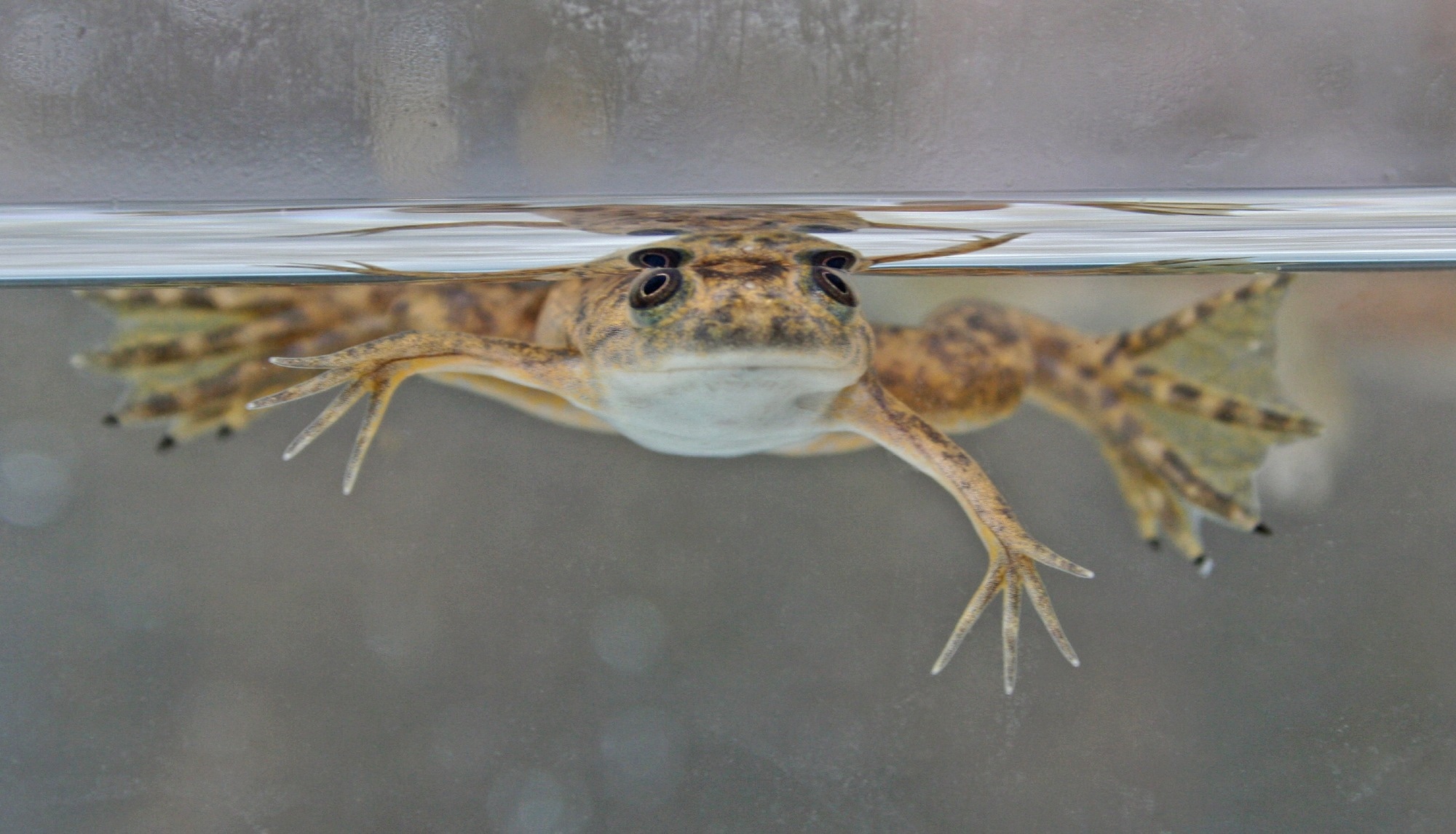The evolution of hair had a crucial role in the development of animals, including humans. However, it was previously unknown where the genetic code for hair originated in the evolutionary process.

Image Credit: Medical University of Vienna
Important hair components and the genetic regulation of those components have now been demonstrated to have developed in amphibians by an international research team headed by Leopold Eckhart from MedUni Vienna. Thus, there are surprising similarities between the claws of clawed frogs and human hair. The research was published in Nature Communications.
The MedUni Vienna research team, working with the University of Ghent (Belgium), employed the tropical clawed frog (Xenopus tropicalis) as an experimental model to explore the evolution of skin appendages, such as human hair and nails.
According to the study, Xenopus frogs' cornified claws are made of unique proteins called keratins, which are strikingly comparable to the major elements of mammalian hair and nails. It was discovered that a particular gene, Hoxc13, regulates the development of these keratins in both frogs and humans.
It is known that patients with mutations in the Hoxc13 gene have defects in the growth of hair and nails. In our study, we were able to block the formation of claws in the clawed frog by switching off this gene.”
Leopold Eckhart, Department of Dermatology, Medical University of Vienna
These findings suggest that humans and frogs shared a common ancestor that carried the genetic code for developing keratinized claws.
Eckhart said, “During the evolution of mammals, the program of claw formation was modified for the development of hair.”
Important Research Question Clarified
The development of hard, keratinized skin appendages like claws, scales, feathers, and hair, which are essential for catching prey, protecting, supporting unique forms of locomotion, and thermal insulation, and the appearance of an effective skin barrier against water loss in a dry environment are characteristics of the evolution of terrestrial vertebrates.
One of the most relevant research questions is how skin appendages evolved. The research, supported by the Austrian Science Fund (FWF), is helping to shed light on the evolutionary history of keratinized skin appendages and improve understanding of how human hair is regulated.
Leopold Eckhart concluded, “Our publication will stimulate further exciting studies in basic and preclinical research.”
Source:
Journal reference:
Carron, M., et al. (2024) Evolutionary origin of Hoxc13-dependent skin appendages in amphibians. Nature Communications. doi.org/10.1038/s41467-024-46373-x